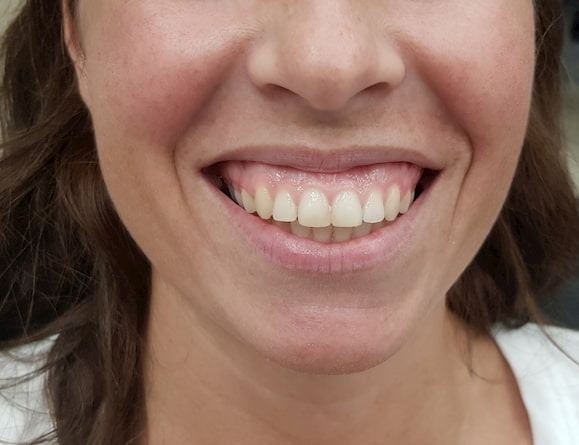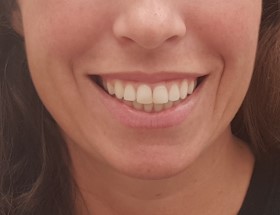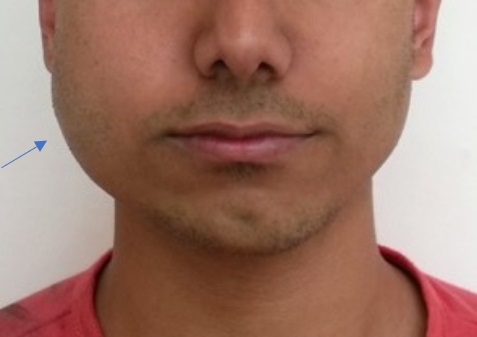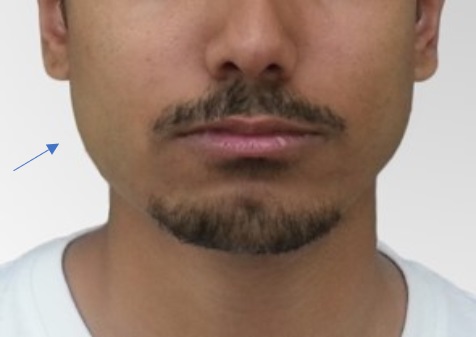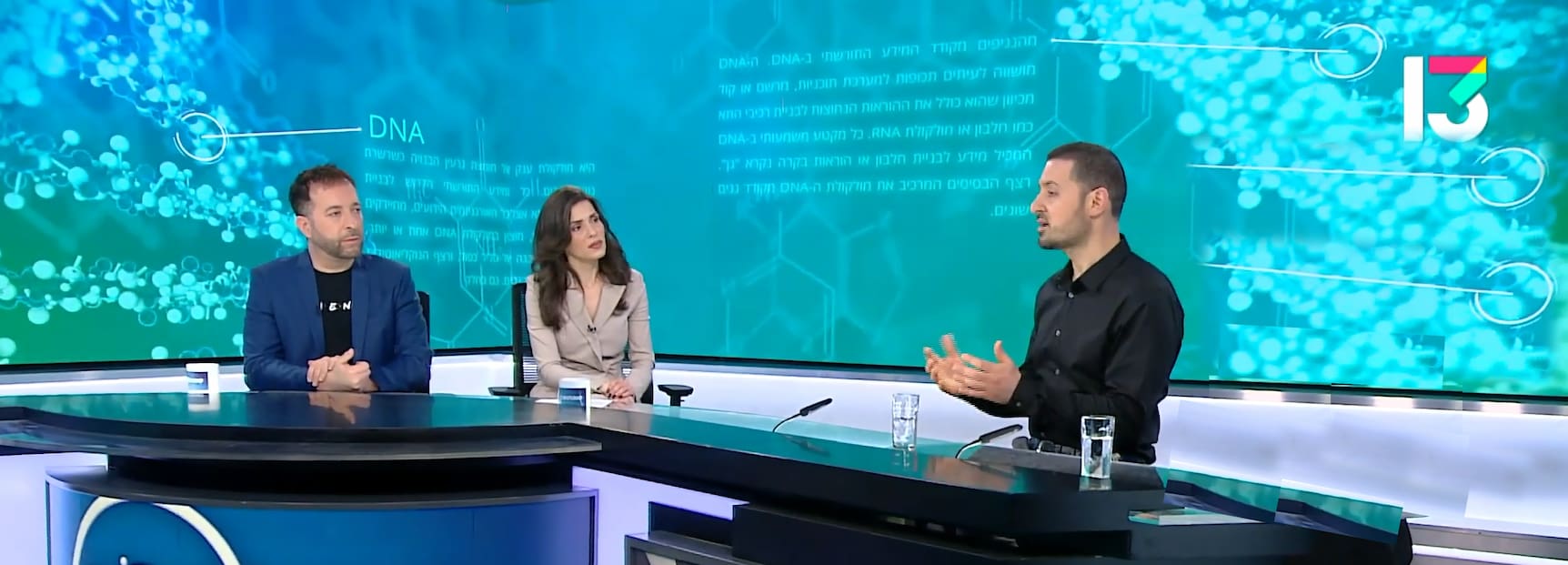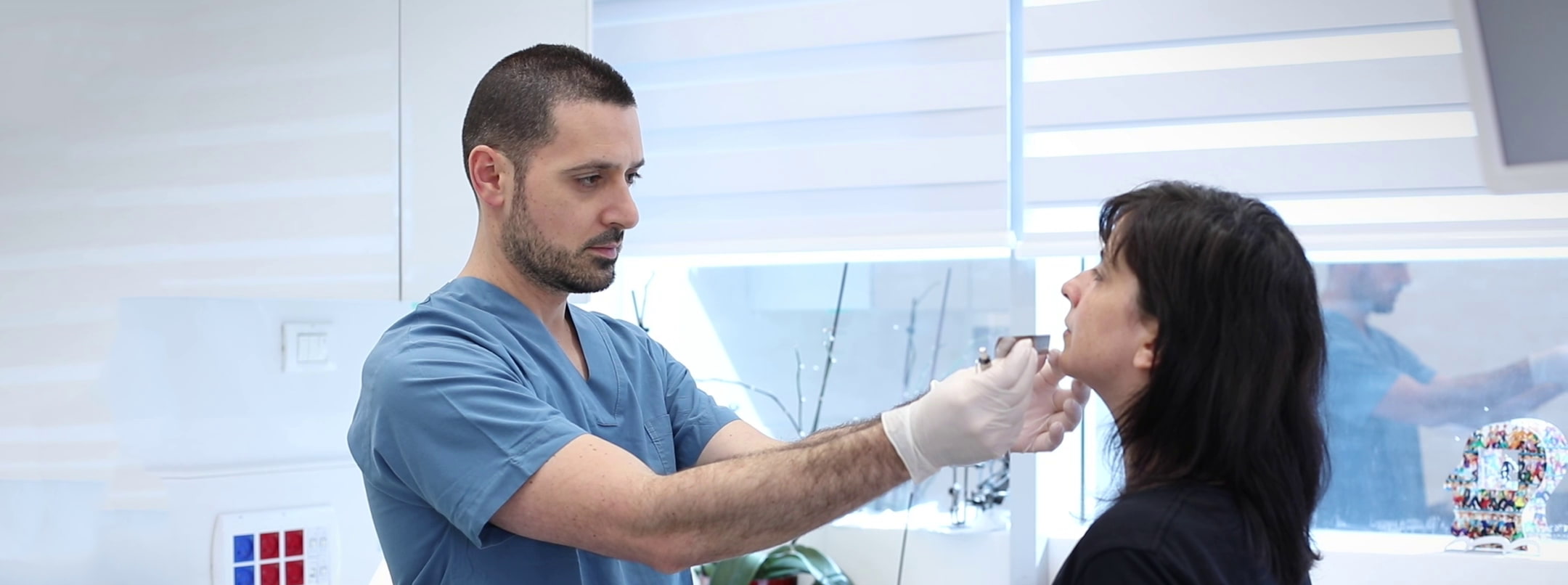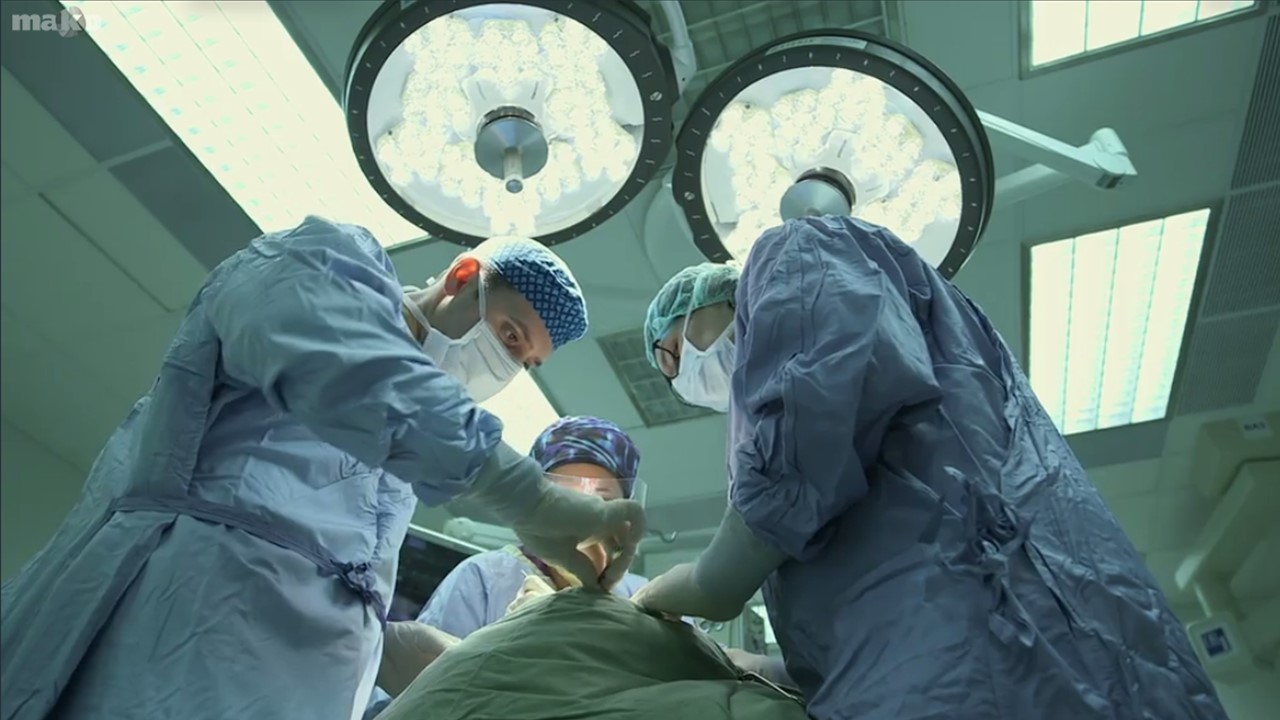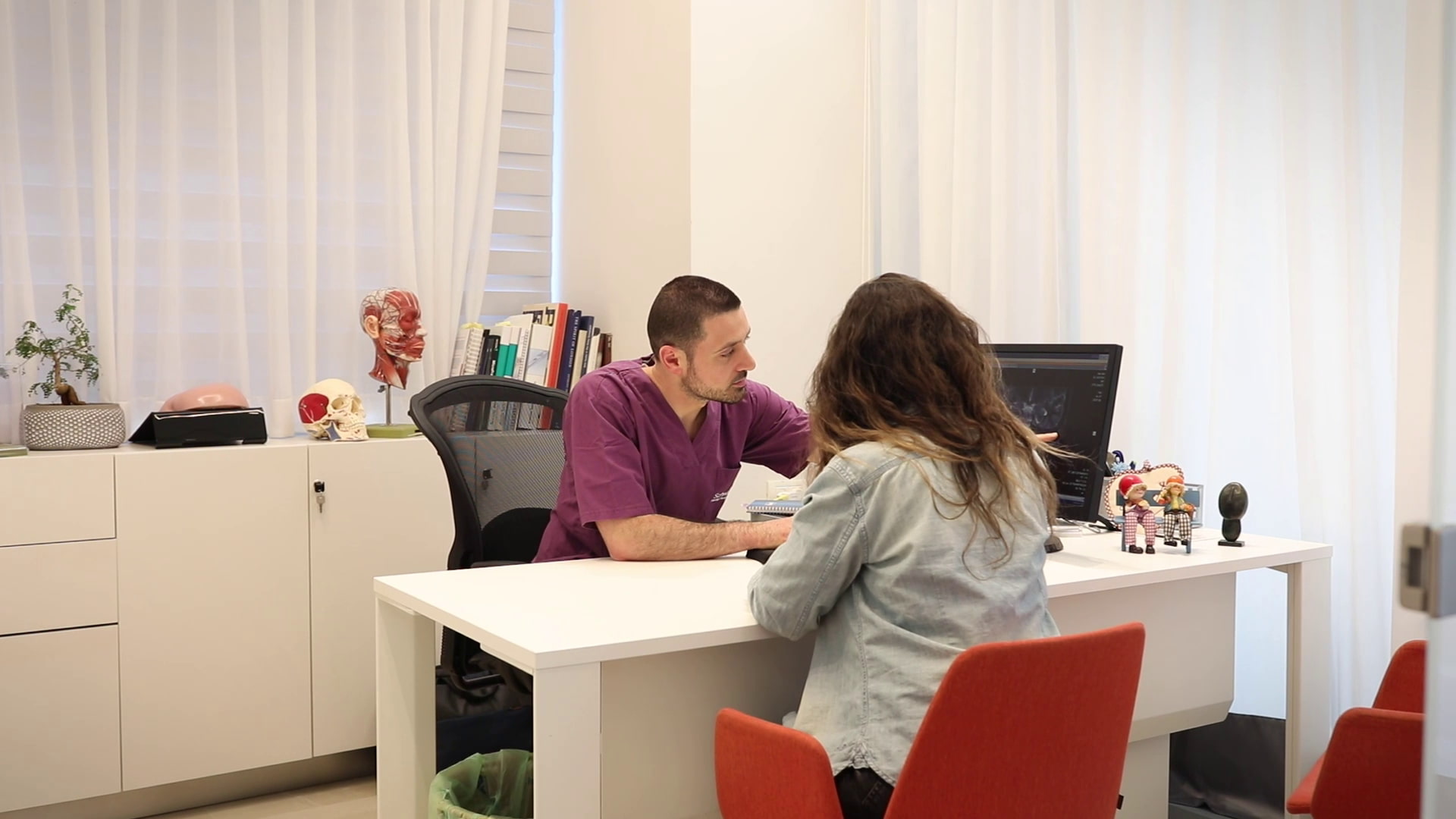
# Botox (Botulinum toxin)
Botulinum is a neurotoxin that reduces the contraction of the muscle by blocking its nerve transmission. Muscle activity can be reduced by local and selective injection of Botox into it. Nowadays, botulinum is used in over 12 medical fields: ophthalmology, neurology, otolaryngology, gastroenterology, general surgery, urology, proctology, dermatology, rehabilitation, pain, and plastic surgery. There are many uses of Botox in the field of oral and maxillofacial surgery:
- Treatment of clenching and grinding of teeth: when Botox is injected into the jaw-closing muscles, the muscles are weakened thus the intensity of grinding and clenching is reduced.
- Treatment of recurrent dislocations of the jaw: Botox is injected into the jaw-opening muscles thus preventing excessive mouth opening and reducing the movement of the joint. This decreases the chances of dislocation (joint head getting out of it’s normal place and getting stuck in an open mouth position).
- Treatment of tinnitus: When the cause of tinnitus is a myospasm (contraction) of the lateral pterygoid muscle or sternocleidomastoid muscle, the problem can be effectively treated by injecting Botox into this muscle. The lateral pterygoid muscle is an opening and closing chewing muscle that connects near the jaw joint and the ear.
- Refining the angles of the jaw: the masticatory muscles are chewing muscles located in the area of the angles of the jaw and the cheekbone. People with massive muscles will usually have a square face shape. Many women want to refine this area and change their face shape from square to triangular (the so-called diamond shaped-face). This is done by injecting Botox into the masseter muscles. The injection weakens the contraction of the muscle and reduces its activity, which causes a decrease in its mass. Similarly, the temporalis muscles can also be massive and this causes an unaesthetic expansion in the temple area. Botox injection decreases the mass of the muscles and gives a harmonious look to the face.
- Gummy smile treatment: People who suffer from excessive exposure of the gums when smiling can benefit from Botox injection into the muscles of expression that are responsible for lifting the upper lip. This simple action reduces the lifting of the upper lip and reduces the exposure of the gums while smiling.
- Elimination of wrinkles: This is the most common and popular indication for using Botox. Superficial subcutaneous injection into the muscles of expression. This procedure is usually performed by dermatologists, plastic surgeons, general practitioners, dentists, and also oral and maxillofacial surgeons.
- Treatment of excessive salivation: people suffering from neurological diseases such as ALS, stroke, Parkinson's, cerebral palsy, dementia, and retardation, and people after surgeries in the mouth and jaws may suffer from involuntary ejection of saliva from the mouth or involuntary inhalation of saliva into the airways (lung aspirations). Botulinum injection into the salivary glands reduces the secretion of saliva and thus treats the disorder very effectively. Some patients are perfectly healthy people with no underlying neurologic disorder who complain of increased salivation and involuntary salivation while speaking.
- Facial myofascial pain: The treatment of facial myofascial pain is multidisciplinary and includes physical therapy, medications, occlusal splints (night guard), change of habits and more. In cases of pain that does not respond adequately to conservative treatment, it is recommended to inject Botox into the area of the painful muscles.
- Muscle pain after radiation (radiotherapy): Radiation to the head and neck area as part of oncology treatment may cause radiation damage, including the development of chronic pain in the irradiated muscles. The source of the pain is low-intensity contractions that develop as part of the radiation damage. A local injection of Botox reduces the contractions and thus the pain.
- Facial movement disorders: involuntary movements of the muscles of chewing and expression (tics) can be treated by selectively injecting Botox into the muscles with abrupt or involuntary contractions.
